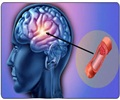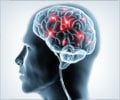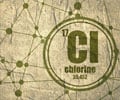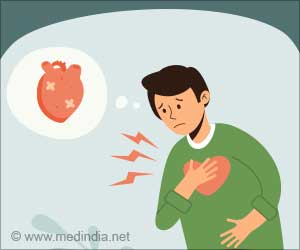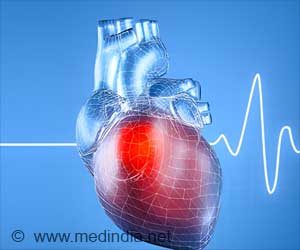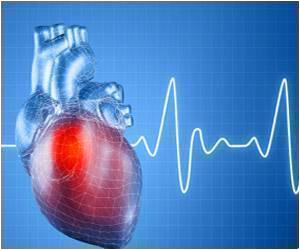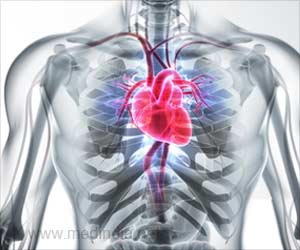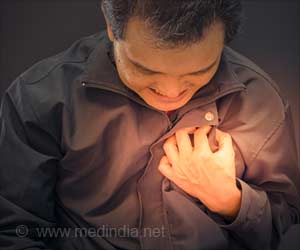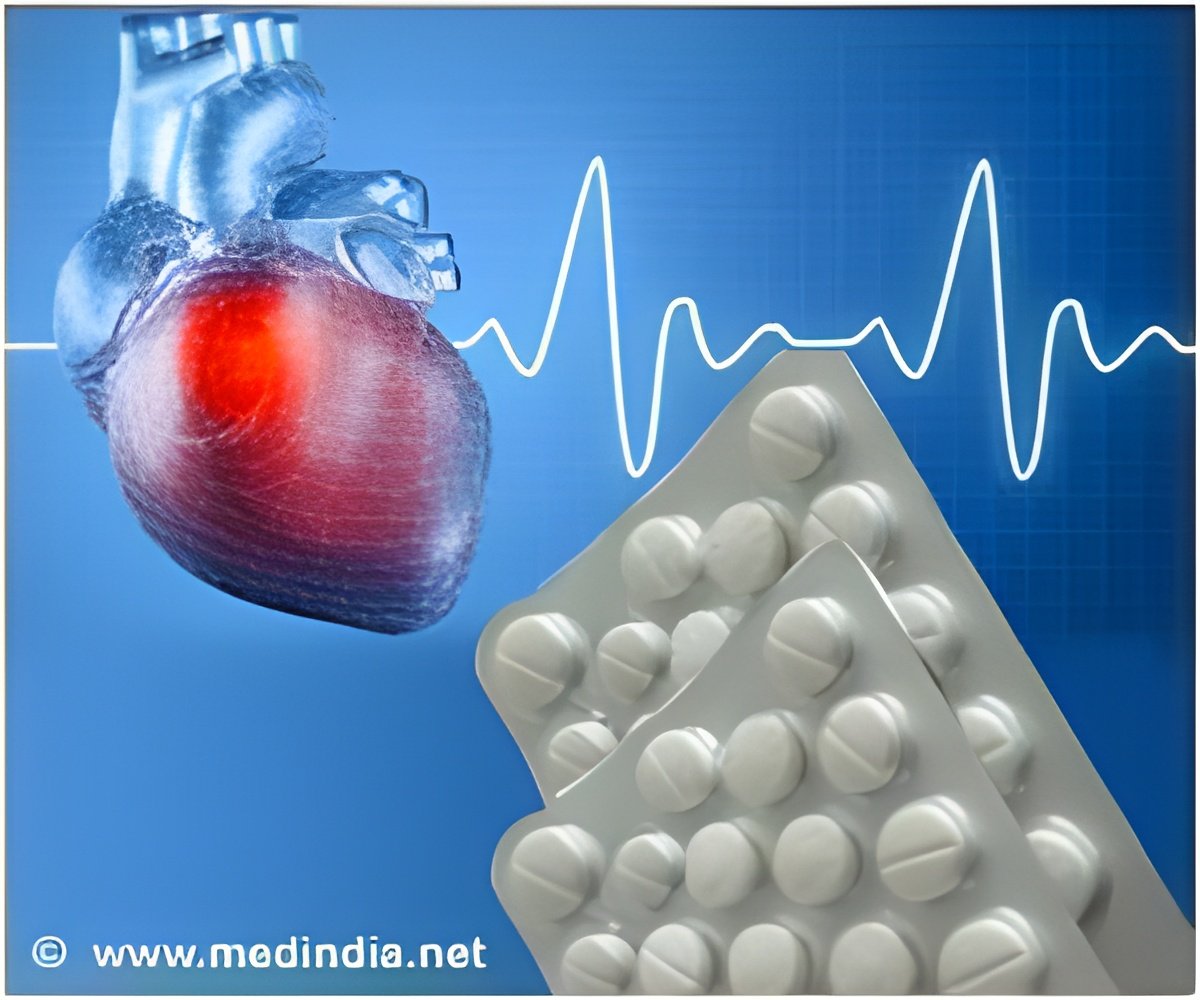
‘Stroke and myocardial infarction (MI) are a significant cause of death and disability worldwide. ’
Tweet it Now
These treatments have been known to reduce acute myocardial ischemic injury and to limit MI size when experiments and were done on animals. However, reperfusion can itself amplify cell injury and death; this is known as myocardial ischemia-reperfusion injury (I/R). Several studies have uncovered complex mechanisms of cardiomyocyte damage after the process of reperfusion, and efforts are ongoing to search for therapeutic targets to reduce I/R. One of the most observations is the elevation of Ca2+ ions that takes place at intracellular and mitochondrial levels during reperfusion. This increase in Ca2+ predisposes patients to mitochondrial failure, hyper-contracture and proteolysis, eventually leading the cell toward necrotic or apoptotic death. The channels of the sarcolemma (L-Type Ca2+ channels and sodium/calcium exchangers), the endoplasmic/sarcoplasmic reticulum (SERCA ATPase) and ryanodine receptors, SOCE(store-operated calcium entry), lysosomes and others, which are modified by I/R injury are responsible for these enormous alterations in cytosolic Ca2+ levels.
This review describes different biochemical pathways that lead to Ca2+ overload that causes I/R. Advances in therapeutic strategies oin light of recent discoveries are also discussed.
Source-Eurekalert

